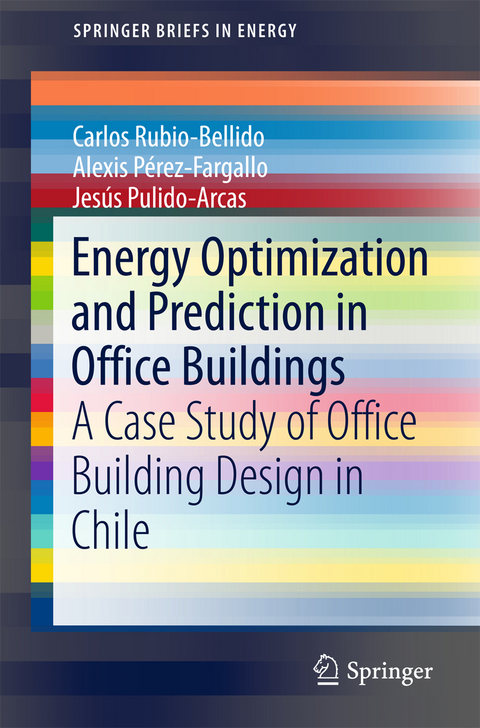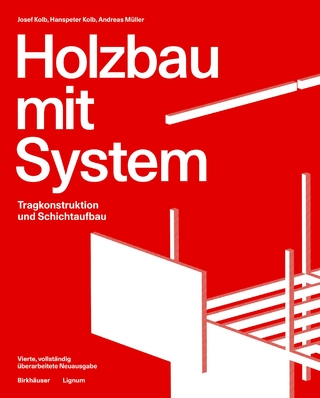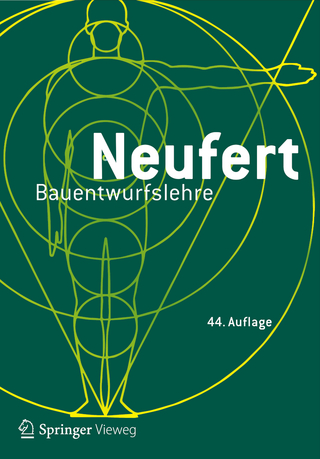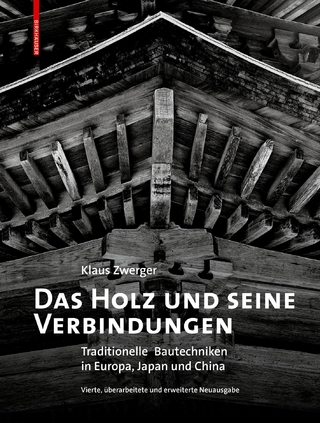
Energy Optimization and Prediction in Office Buildings
Springer International Publishing (Verlag)
978-3-319-90145-9 (ISBN)
This book explains how energy demand and energy consumption in new buildings can be predicted and how these aspects and the resulting CO2 emissions can be reduced. It is based upon the authors' extensive research into the design and energy optimization of office buildings in Chile.
The authors first introduce a calculation procedure that can be used for the optimization of energy parameters in office buildings, and to predict how a changing climate may affect energy demand. The prediction of energy demand, consumption and CO2 emissions is demonstrated by solving simple equations using the example of Chilean buildings, and the findings are subsequently applied to buildings around the globe.
Carlos Rubio-Bellido is an assistant professor at the Department of Building Construction II at the University of Sevilla. His research focuses largely on energy efficiency, climate adaption and climate change in the building sector. Alexis Pérez-Fargallo is an assistant professor at the Department of Building Science at the University of Bío-Bío and is a specialist for energy demand, energy consumption and CO2 emissions in buildings that are in use. Jesús A. Pulido-Arcas is an assistant professor at the Department of Building Science at the University of Bío-Bío. He has published extensive research works concerning radiative transfer, statistical and environmental software in architecture.
Introduction.- Research Method.- Energy Demand Analysis.- Multiple Linear Regressions.- Artificial Neural Networks.- Conclusions.
| Erscheinungsdatum | 19.05.2018 |
|---|---|
| Reihe/Serie | SpringerBriefs in Energy |
| Zusatzinfo | X, 78 p. 22 illus., 20 illus. in color. |
| Verlagsort | Cham |
| Sprache | englisch |
| Maße | 155 x 235 mm |
| Gewicht | 148 g |
| Themenwelt | Technik ► Architektur |
| Technik ► Elektrotechnik / Energietechnik | |
| Schlagworte | Artificial Neural Networks • Buildings in Chile • CO2 emissions of Office Buildings • Energy Consumption • Energy Demand in Buildings • energy efficiency • Energy Efficiency of Housing in Chile • regression models |
| ISBN-10 | 3-319-90145-1 / 3319901451 |
| ISBN-13 | 978-3-319-90145-9 / 9783319901459 |
| Zustand | Neuware |
| Informationen gemäß Produktsicherheitsverordnung (GPSR) | |
| Haben Sie eine Frage zum Produkt? |
aus dem Bereich


